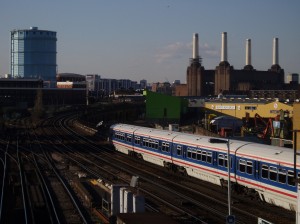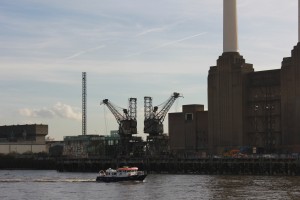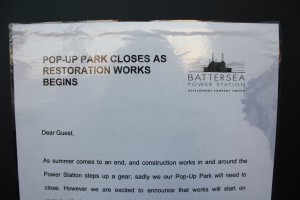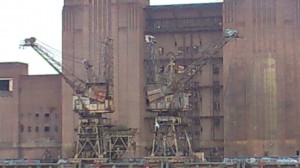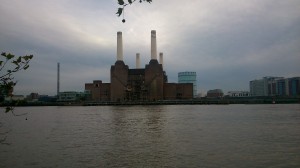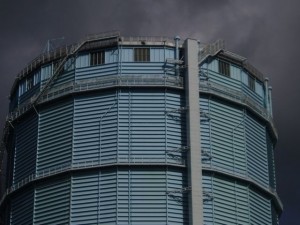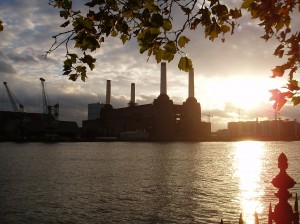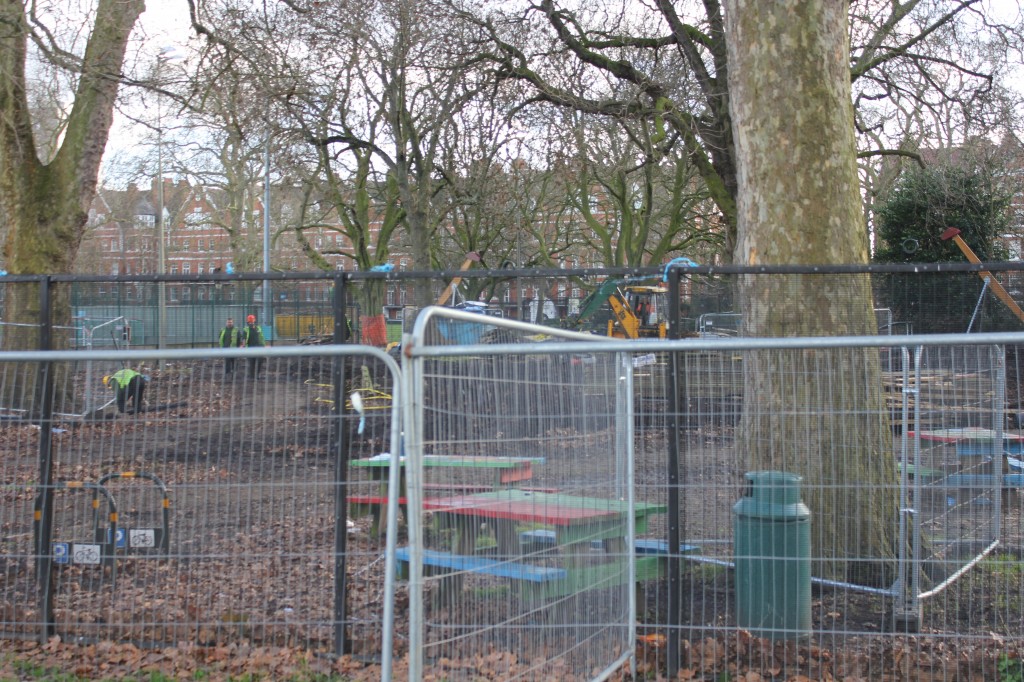Wandsworth Council are considering revoking the licence to the 70 year old Chelsea Bridge Tea Stall. Poor owner Vito is on the edge of losing his beloved shop. Watch our 2009 interview with Vito about his stall here. Another attempt to please the rich?
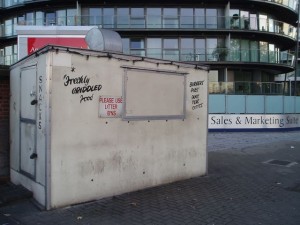
Chelsea Bridge Coffee Stall adjacent Chelsea Bridge, Queenstown Road, London
The ‘high class’ salesmen seem to look down on the simple and tasty snacks and warming drinks Vito is selling. Before we know it, we will find this stand being replaced by a Michelin star finger food stall.
Susan Ekins, a regular visitor who is fond of the Tea Stand, says:
As you may know, this stand has been there for at least 70 years, and is much appreciated. The residents of the new blocks did not like the biker gatherings, and as I understand it, these have, in general, being closed down and parking kept away from close proximity to the stand. I use that bridge at all hours, but have never noticed any litter or noise – which is not to say that it has not happened.
The application for review has been handed in on the 9th of January 2014. It has been made on the following grounds, according to Wandsworth Council:
”The current conditions on the licence have failed to uphold the licensing objectives of the prevention of public nuisance and the prevention of crime and disorder in the premises is giving rise to unacceptable levels of noise, litter and general anti-social behaviour.”
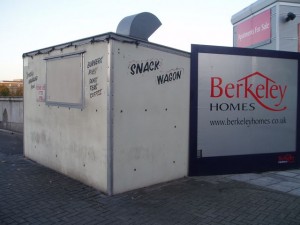
Chelsea Bridge Coffee Stall adjacent Chelsea Bridge, Queenstown Road, London
Surely the council is not just cooking up excuses to continue to socially cleanse the area around the so called Vauxhall Nine Elms Battersea “Opportunity” Area. Seems one person’s opportunity is another’s loss of livelihood.
Find here another objection, from Keith Garner, architect and member of the Battersea Power Station Community Group.
Dear Sirs,
Chelsea Bridge Coffee Stall adjacent Chelsea Bridge, Queenstown Road, London, SW8 2R
I am writing to support the retention and renewal of the licence for the the Chelsea Bridge coffee stall which is a useful local facility for residents and people working in the area, as well as a local landmark and institution in its own right.
I have lived close to Battersea Park for 28 years. As a local resident I know of no grounds for revoking or otherwise refusing to renew or extend the licence. In my experience, the customers of the stall have always been well behaved. This is not to say that there might not be occasional lapses. But is it important in an urban situation that everyone goes that little bit further to be tolerant and understanding.
The stall has been there for as long as I can remember. I went there when the old “Chelsea Cruise” used to happen on Saturday evenings in the seventies and eighties. It certainly pre-dates the riverside flats by many decades. The owners of the flats would have been aware of the stall before the moved in, and had the option to go elsewhere. In any case the flats are some distance from the kiosk which is on the bridge itself.
The management of the riverside flats are being too sensitive. I know from my own recent experience that it is not even possible to stop and look at the view from the riverside walk at night time, without their security guards coming out. The loss of the kiosk would further contribute to the loss of life and vitality on the riverside that these recent luxury flats represent.
The coffee stall makes Battersea more interesting. It should be retained and valued.
Yours faithfully,
Keith Garner
Hopefully the objections will be taken seriously. All we can do now is wait for a final decision.
Click Battersea Power Station for more blogs
See our Battersea Power Station project pages for more information and videos.
Or visit PlanA our general blog on urbanism, planning and architecture.
Spectacle homepage
Like Spectacle Documentaries on Facebook
Follow SpectacleMedia on Twitter


